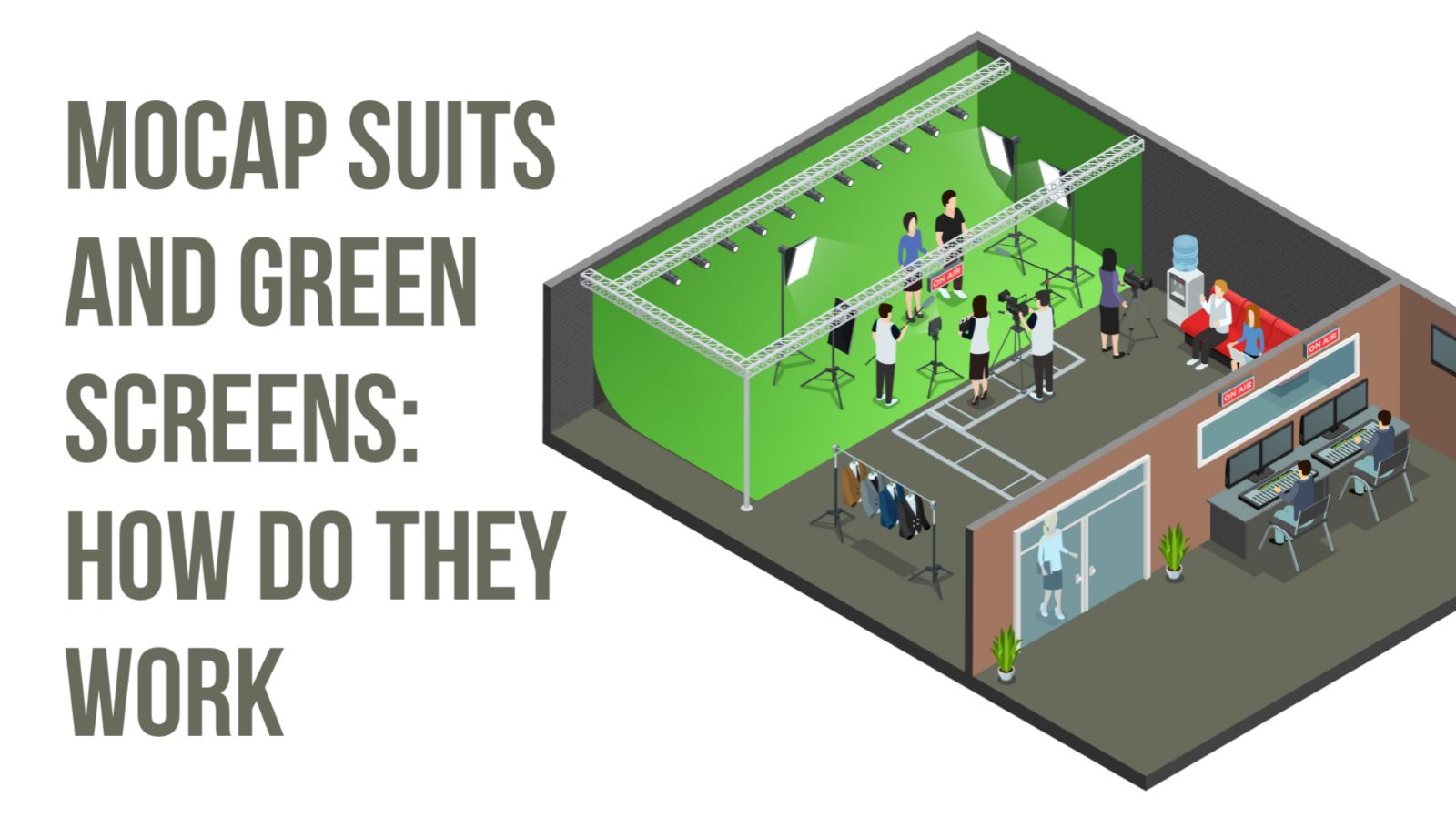Motion capture is the art of transferring the movements and facial expressions of a human onto a computer-generated image or a character. Today, in VFX, motion capture is used extensively to generate unique characters. Think about Davy Jones from Pirates of the Caribbean. The entire character is computer generated, and the expressions and dialogue for the same were captured through a mocap suit.
Motion capture is not only about capturing the body movements of a character; special gear and tracking stickers enable visual effects producers to capture detailed facial expressions as well. Think about Caesar from Rise of the Planet of the Apes. The character's entire expression, dialogue, and movements were an effort to sync up motion capture with CGI through various software.
How did mocap come into existence?
Taking a look back at how the evolution of modern techniques in VFX came to be, we found that these techniques are deeply rooted in animation. To perfect a character's animation sequence, animators would trace the movement of actors and then try to replicate it in 2D format. Thus, copy-pasting actor movement to characters has been a technique used for decades.
Of course, as time went by, animators became more skilled at perfecting the art of tracing and copying the movement of actors onto characters. It wasn't long before software that simulated actor movement onto characters was available. The advancement of technology led to a breakthrough in the VFX industry. Because of the addition of trackers and motion capture, it is now easier than ever to replicate actors on CG characters.
What are the components required for motion capture?
Motion capture does not involve following someone with a camera and then magically recreating the scene on a computer-generated character. There are a variety of elements that go into ensuring that the process of motion capture is effectively done throughout the production process. These include:
Mocap Suit
The most essential for motion capture is the suit that actors have to wear. A mocap suit is a body suit that is primarily black, grey, or blue. The suit is fitted with several sensors, typically around the joints of a person. Mocap suits come equipped with the ability to track and record the different motions that an actor is performing while recording.
The best part about the mocap suit is that it is calibrated to be efficient and highly precise. The various trackers collaborate to form a rig of the person who is acting, and it transfers all motion data to software in real time.
Head Mounted Camera
The reason why the facial expressions of an actor are caught throughout the acting process on a CG character is due to the head-mounted camera. Despite the head-mounted camera that captures expressions and dialogues in real-time, there is often a separate process involved for tracking facial expressions. Sensor stickers are placed on an actor to track their muscle movements for effective copying on a CG character,
In movies like Avatar, the head-mounted cameras were the key to properly reciprocating the emotions conveyed by actors to their CG characters.
VFX Softwares
Some of the best VFX studios in the industry use a variety of software to ensure that the post-production work of motion capture is flawless. The simulation and capturing of motion in real-time are conducted with Autodesk MotionBuilder. There may be other software whose UI/UX is customer-made to accommodate the capture and manipulation of input data for the production of a film.
Following movement capture, various software is used to transfer the movements onto a CG character. To ensure a perfect output, frame-by-frame animation of the actor's movement onto the character is usually used.
Green screen and motion capture: what’s the relationship?
Usually, no VFX work can be done in the post-production process without the presence of some essential elements during production. One of the most essential elements of them all is the green screen. It comes as no surprise that the process of motion capture is often conducted in front of a green or blue screen.
Throughout the history of filmmaking, there have been attempts to remove the background of a scene to accommodate a different one. Ultimately, with years of trial and error and the establishment of advanced software, green screens were identified as the ultimate background-removing agent.
Motion capture is nearly always done in front of a green screen. Most movies install a CG character in a background that has to be later painted on using VFX techniques. Thus, green screens and motion capture have a long history. Most movies that have heavy VFX work are almost entirely shot in front of a green screen with actors wearing motion capture suits.
In Conclusion,
Motion capture has become the most essential and popular method during the production and post-production processes to bring CGI into the film. Thanks to motion capture suits and advanced software that can process and capture movements in real time, this process is only evolving every day.
It is perceived that soon the requirement of heavy post-production editing and VFX work on frames will become redundant with the advancement of all the software.
0






